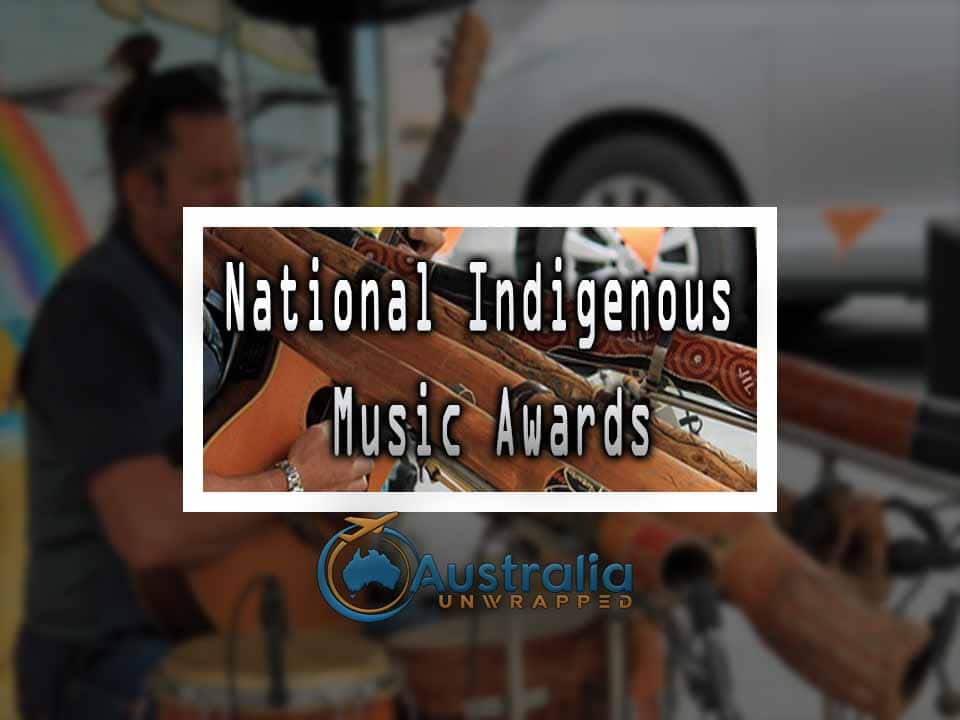When Were Indigenous Allowed To Vote In Australia
The history of aboriginal rights is one marked by strife and hardship. It was a long-fought battle to get the public to accept Aboriginal culture while also having them become full-class citizens of the country. Looking back at the past, we see the way that their omission from the Australian constitution has caused problems in how to properly recognize them on a legal basis.
This confusion started a campaign for equal voting rights for all Aboriginal people. Let’s look into the different turn of events that led to the allowance of voting rights for both Aboriginal and Torres Strait Islanders.
Also Enjoy: Best Movies About Aboriginals?
The Australian Constitution – The Start Of The Problem
During the drafting and creation of the Australian constitution, it was noted that the indigenous Aboriginals and Torres Strait Islanders were not given any mention. Of course, this was not the first time that the rights of these groups were not given proper credence. We all know of the “Stolen Generation” and how children were forcibly taken from their parents to be sent to industrial schools and made to conform to western society.
After the constitution was founded, the first act to give Australians the right to vote was signed in 1902. However, indigenous peoples had been excluded except for the few that had already were given the right to vote before 1901. At large, the public saw no need to change the outlook on Aboriginal voting rights all the way till the end of World War 2.
Regulations That Prohibited Aboriginal Voters
Alongside their omission from several key legislations, certain regions of Australia had specific regulations that completely disavowed indigenous people from voting. Although indigenous people serving in the Australian military were given rights, many of the regular folk could not vote in places like Queensland where a ban was in place since the late 19th century. It was even amended to ban Torres Strait Islander people from voting during the 1930s.
For the area of Western Australia, citizenship for Aboriginals could be secured should they meet certain requirements such as English fluency and “industrious habits”. Most damning of all, they had to show proof that they no longer held any relation with other indigenous communities and effectively erase their culture from their identity. This was an unpopular move for Aborigines and most refused to do so.
Must See: Australian Aboriginal History Timeline
Active Campaigns and Organized Efforts For Voting Rights
In response to all these racially oppressive and discriminatory acts, many activists who supported the Aborigines and Torres Strait Islanders coordinated civil rights efforts. The first mass gathering of Aboriginals in support of their voting rights happened on January 26, 1938, during what’s now known as the “Day of Mourning” protests. Some historians mark this as the start of the political movement for indigenous rights in Australia.
The largest organization that fought for Aboriginal voting rights would be the Federal Council for Aboriginal Advancement or FCAA. It was created to organize events and public acts to support political and social rights for the indigenous people of Australia. Their efforts led to the creation of a committee that investigated the issue of voting rights in April of 1961.
Their report found that all throughout Australia, around 30,000 indigenous people were given no chance of voting due to discriminatory laws and acts. The committee recommended that voting rights be given to Aboriginals and all indigenous people at the federal level. This recommendation was then enacted through the Commonwealth Electoral Act of 1962.
Also see: What do Aboriginals Eat?
Enactment of Voting Rights Throughout Australia
With the new Electoral Act, Aboriginals and Torres Strait Islanders finally had the option to register as fully-fledged voters during the federal elections. However, it was not made compulsory and did not extend to state elections.
The regions of Western Australia and the Northern Territory granted the Aboriginal people state voting rights shortly after the Electoral Act was set into motion. Queensland followed a few years afterward as they passed an act that made state voting rights accessible in 1965.
The question of compulsory voting for federal elections for all indigenous people was only definitively answered in 1984 when the Commonwealth Electoral Amendment Act of 1983. It ensured that federal voting rights for Aboriginals and Torres Strait Islanders were made compulsory in all regions of Australia.
Although the story of voting rights for indigenous people ended on a positive note, there are still instances of racism and intolerance everywhere. It affects the Aboriginal people socioeconomically while also being pegged as the reason for health concerns within their communities. As a modern society, we should see to it that this shameful page of our history is remembered and that the mistakes of the past are not repeated once more.
More Reading: Aboriginals Wear: What Do Aboriginals Clothing ?











21 May 1962 should be the “DAY” we celebrate as Australia Day as it was when the Indigenous population were ‘Included’ as full part of modern Australia……26th January 1788 was’ First Fleet Orgy Day’ which continued unchecked several days & was the beginning of the Dispossession & Genocide of the Native population so a very poor choice for celebration. Heaven knows what the Indigenous Peoples thought seeing the mighty British in action seeing that the invaders thought of themselves superior in ALL ways -obviously not moral !……Australia Day should be be changed to the more appropriate date in my opinion!